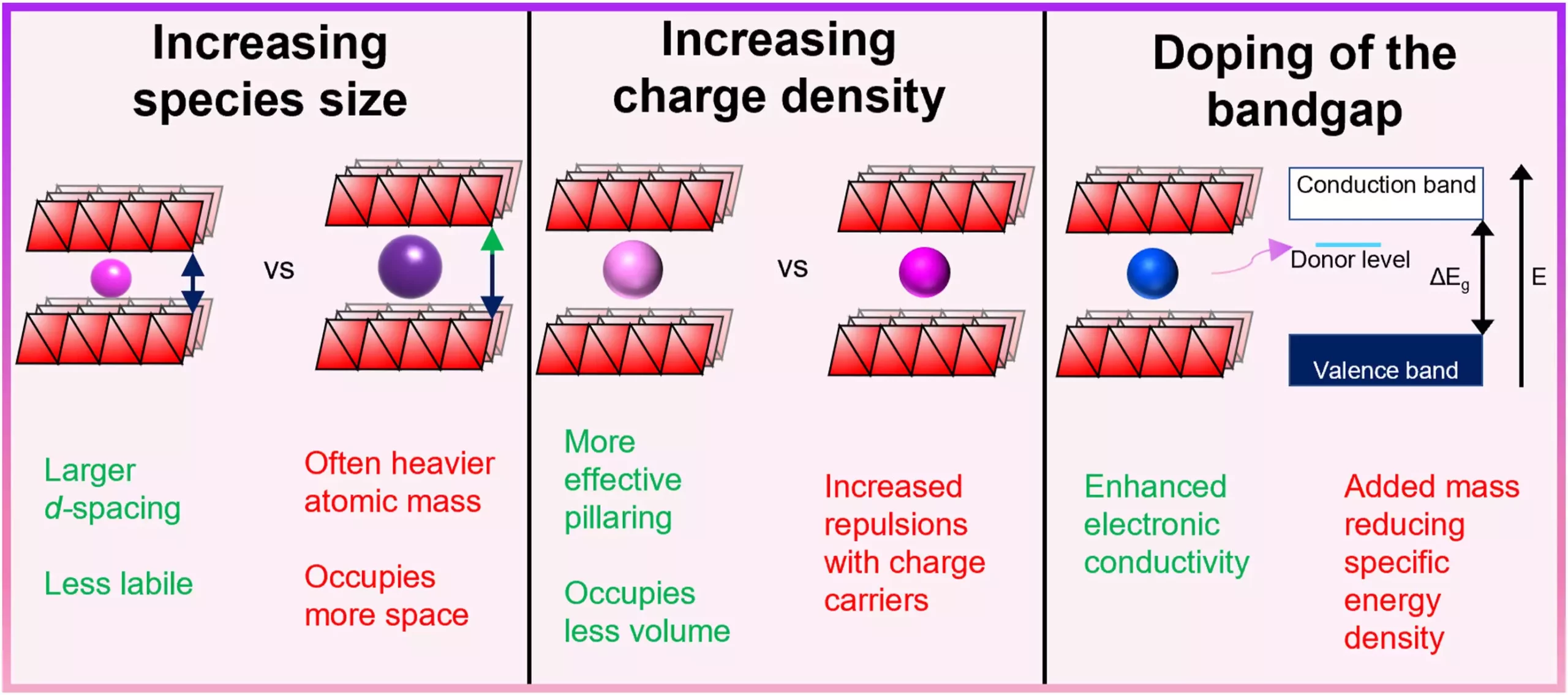As the global demand for efficient and sustainable energy storage continues to rise, the limitations of lithium resources have compelled researchers to consider alternative battery technologies. The increasing scarcity and costliness of lithium not only pose a challenge to energy sustainability but also highlight an urgent need for diversification within the energy storage sector. Consequently, emerging technologies utilizing sodium, potassium, magnesium, and zinc-ion batteries have gained attention, presenting potential solutions to address the limitations inherent in lithium-based systems. However, these alternative technologies come with their own set of challenges, including issues related to capacity, charge-discharge rates, and overall stability.
Recent advancements in battery technology have presented new approaches to optimizing performance, with carrier pre-intercalation standing out as a particularly innovative method. This technique involves the strategic introduction of extra ions into electrode materials to enhance their structural integrity and functional efficiency. Researchers from University College London have led a significant study on this subject, examining how carrier pre-intercalation can be leveraged to improve the electrochemical attributes of various non-lithium battery materials. This exploration is particularly relevant in the context of evolving energy policies that prioritize sustainability and resource efficiency.
The research conducted by the UCL team, published in the journal eScience, offers a thorough examination of how carrier pre-intercalation can effectively modify the characteristics of electrode materials used in sodium, potassium, magnesium, and zinc-ion batteries. By employing methods such as chemical and electrochemical pre-intercalation, the study demonstrates how beneficial ions can be inserted into electrode structures. This incorporation not only expands the interlayer spacing of the materials but also significantly boosts ion diffusion and electrical conductivity. As a result, the stability and lifespan of these batteries are markedly enhanced.
Dr. Yang Xu, a co-author of the research, emphasizes that this methodology not only addresses the existing performance challenges of non-lithium batteries but also contributes to global sustainability efforts by alleviating the dependency on lithium resources. The implications of these findings extend far beyond academic interest; they pave the way for the commercialization of alternative battery systems. By bolstering the efficacy of sodium, potassium, magnesium, and zinc-ion batteries, carrier pre-intercalation could catalyze widespread adoption in various applications, including electric vehicles and grid energy storage.
The adoption of carrier pre-intercalation could significantly impact the renewable energy landscape. As the world contends with environmental concerns and resource scarcity, improving the performance and sustainability of energy storage solutions becomes increasingly vital. This research signals a formidable step in the evolution of battery technology, suggesting that a shift towards non-lithium batteries, supported by innovative enhancements like carrier pre-intercalation, may ultimately transform market dynamics and inform energy policies focused on sustainability in the years to come.

